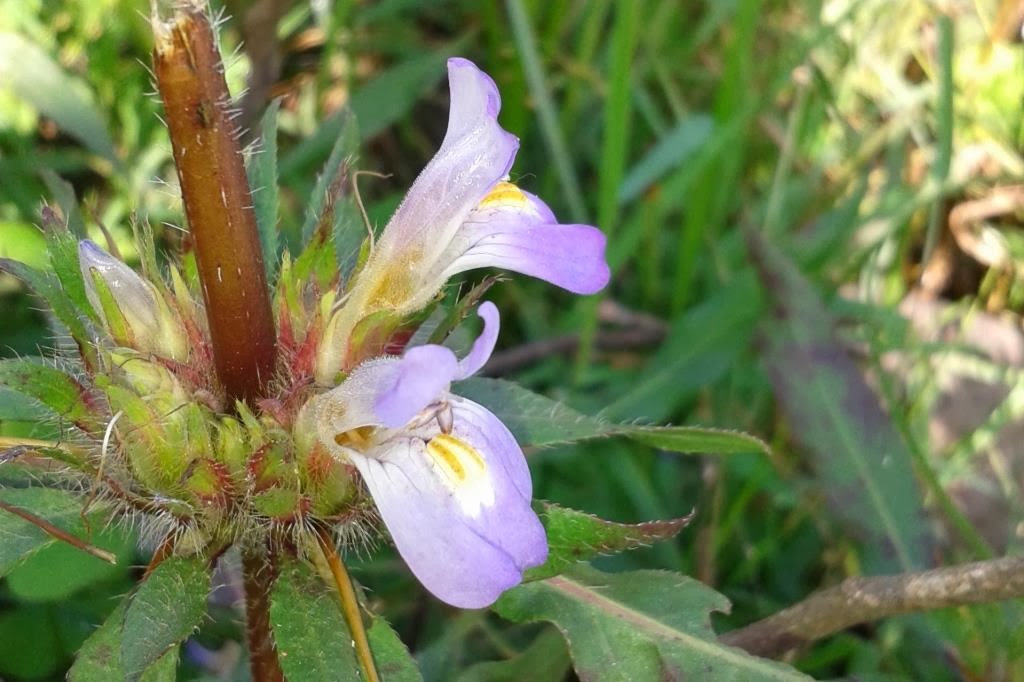 |
| Kutwadi lake near Gaddige |
Last Sunday we decided to visit some lakes as
a pre-survey of migratory water birds. We drove towards Gaddige, a village
situated about 45 km to the west of Mysore city and had mixed experiences. A
number of irrigation tanks were dysfunctional; some were encroached upon by
humans for cultivation or for residential sites. Some had simply dried up as
the inlet area for runoff water was blocked due to various reasons. Some water
bodies were stripped off their soil in their shoreline for making bricks or for
land filling else where! Water bodies once alive had died an unnatural death.
 |
| Daitana Katte |
It was almost very near to Gaddige, when we
found a water body alive with flora and fauna flourishing in it. It is a small
sized perennial lake called “Daitana Katte” right on the main road. We had a
nice bird watching session there. Except for the coots and cotton teals there
were no major representation of the winter visitors. Median Egret, Cattle
Egret, Coot, Cormorant, Dab Chick (Little Grebe) Swallow, Red Wattled Lapwing,
Pond Heron, Pheasant tailed Jaccana, and Sand pipers were a few that we
saw.
 |
| Reeds in the lake |
As we walked around, our attention was caught
by the hydrophytes – the water plants. Many plants that I had seen as a
discoloured specimen in the biology lab were very much alive, green and
luxuriant here! Marsilea, a pteridophyte, commonly called fern was
in abundance on the shore. My class room instincts made me to look for the
fruiting bodies but could not find them as it was not the right season to
expect for them. Nymphaea lotus has bloomed into beautiful
flowers. Chara, a green alga, different species of Ipomoea, different types of
reeds, Barlaria on fringes, Polygonum, a number of green algae were
found on the edge of the pond. The kids felt honored to be asked to pull out a
specimen for examination.
 |
| Ipomea |
 |
| Hygrophylla auriculata |
 |
| Nymphaea lotus |
After a while, we drove past Gaddige and pulled
to the right towards Gurupura and found another lake at Kutwadi. It was a beautiful morning and there were a
lot of water birds. White and black and purple Ibis and Gray Heron, Median
Egret, Little Egret, pond Heron and Jaccanas were seen. The bright morning with
a little over cast made revealed Purple Moorhen in its splendor. It was a feast
to watch. But many people do not know what their abundance signify in a pond.
They inhabit dying water bodies! They live in ponds rich in reeds and rooted
water plants which are indication of settling of more silt in the lake.
 |
| Marsilea |
It was hard to believe what these birds, as
indicators of the quality of the water body were telling? The lake may entirely dry up like most of them
we passed through in the morning. All the beautiful water plants may vanish and
replaced by terrestrial weeds. And then how can we find the winged visitors as
we used to do, all these years?
 |
| What is the future of this lake? |








No comments:
Post a Comment